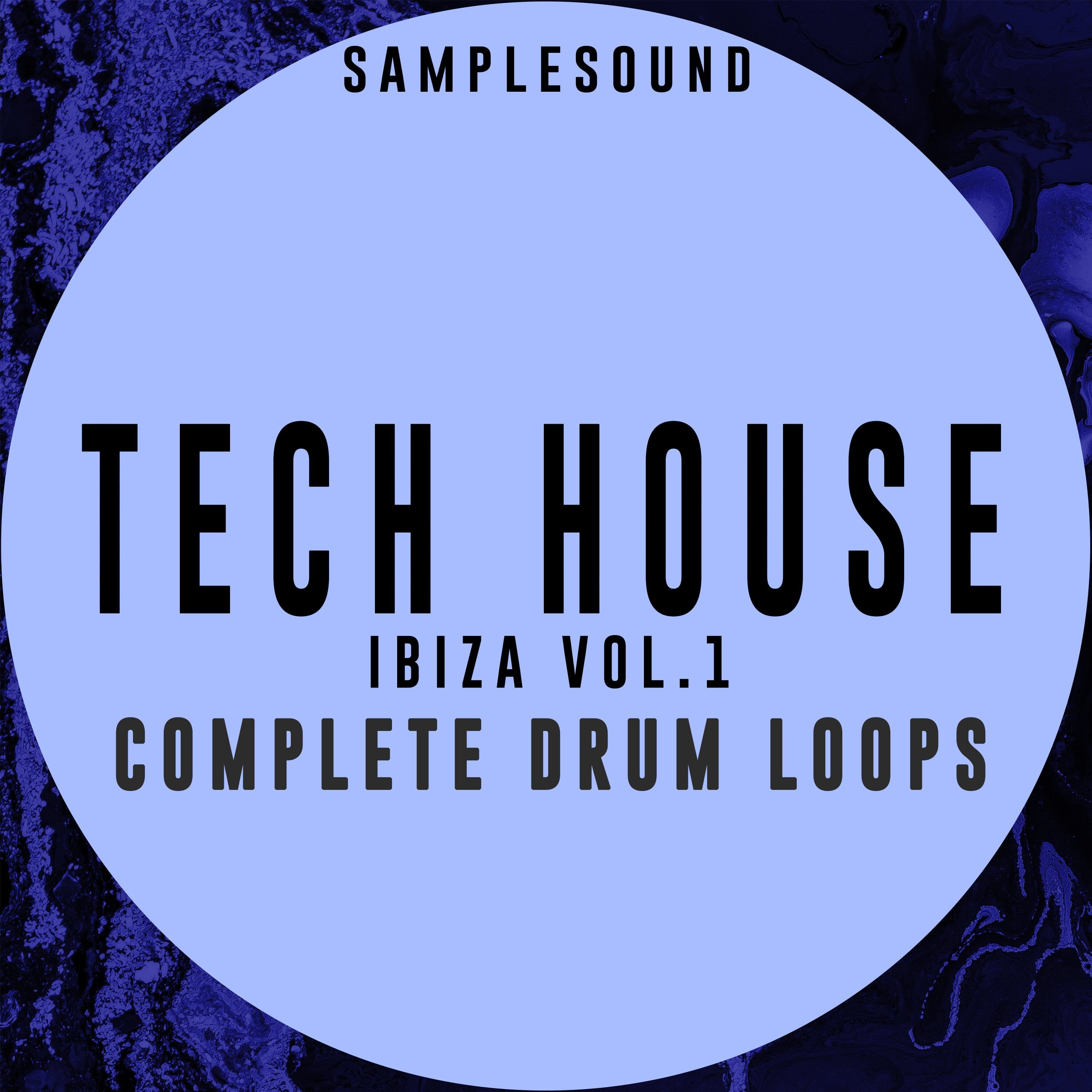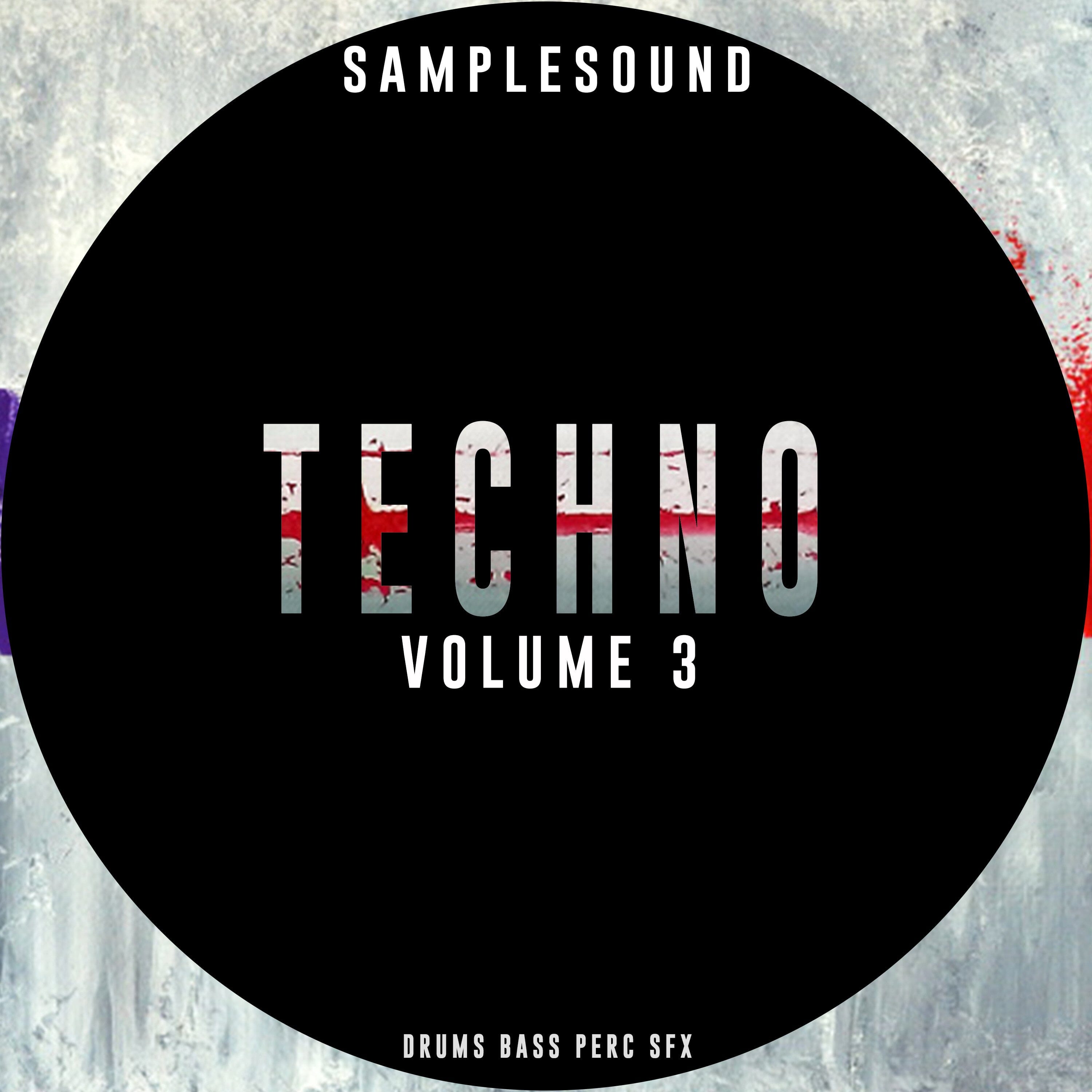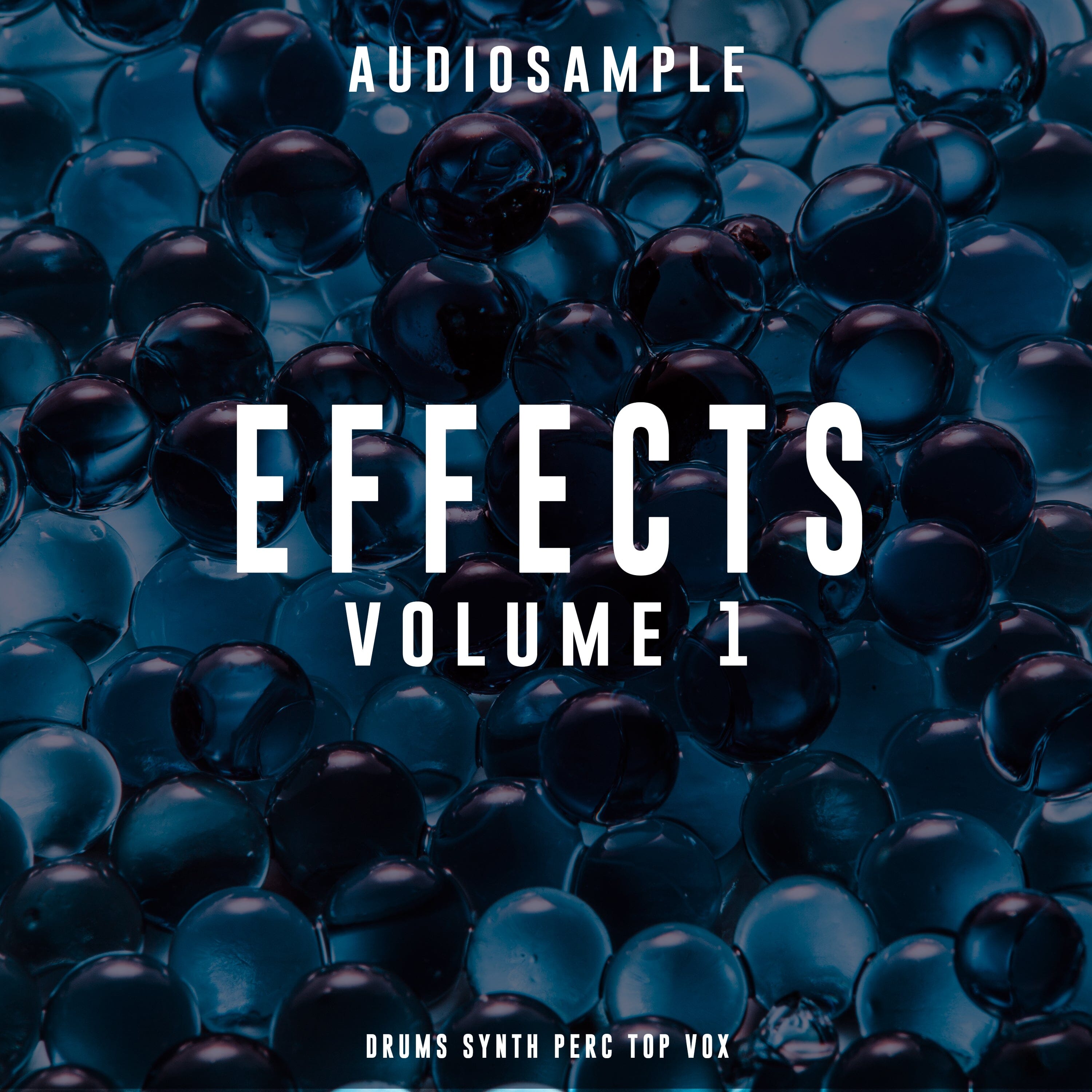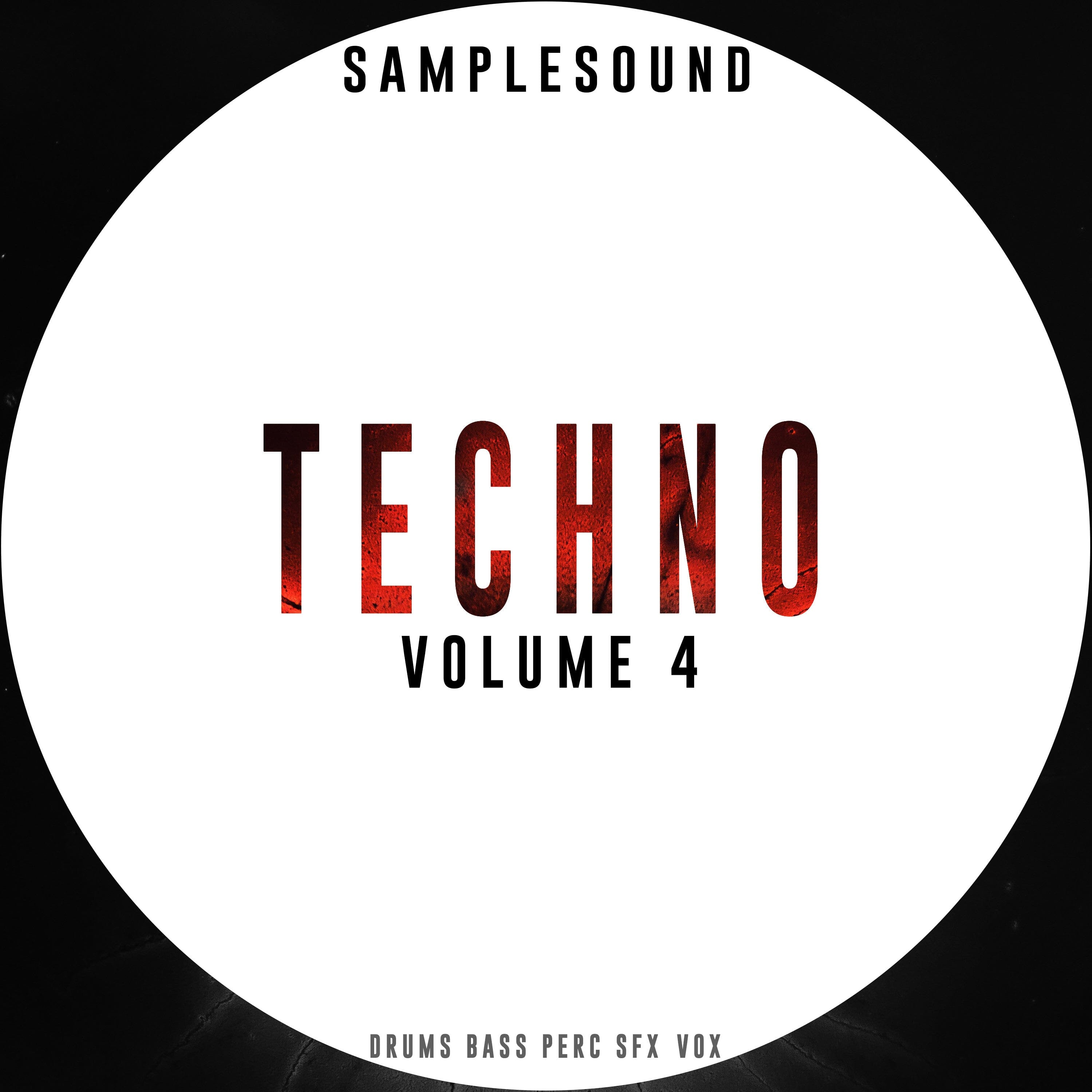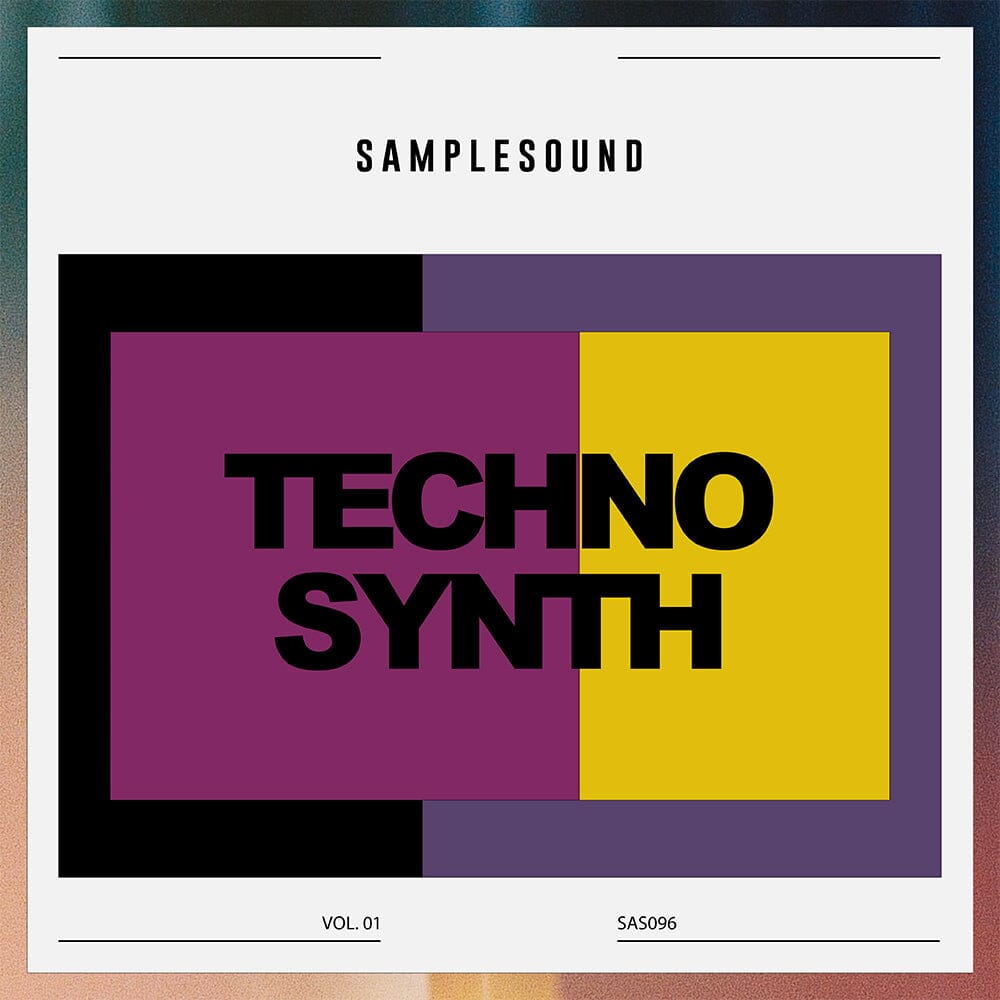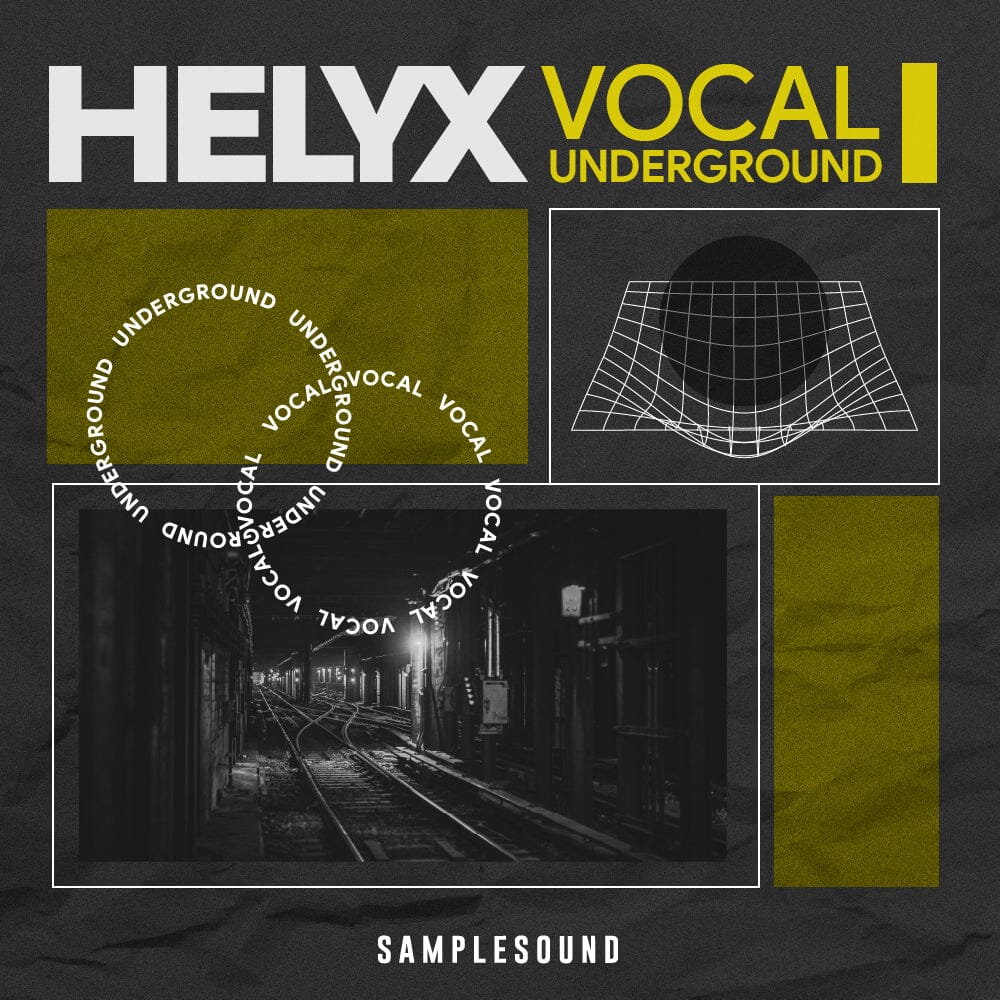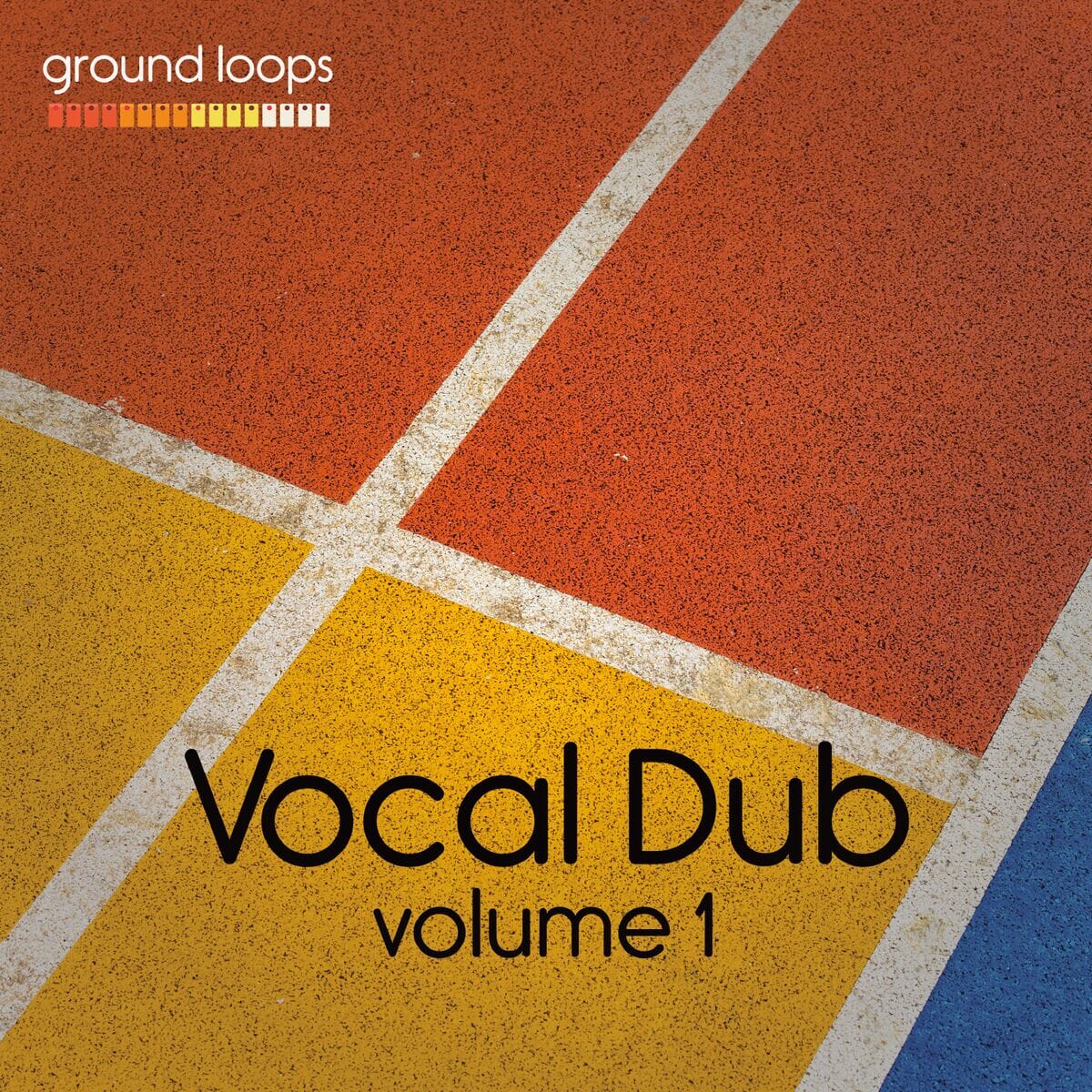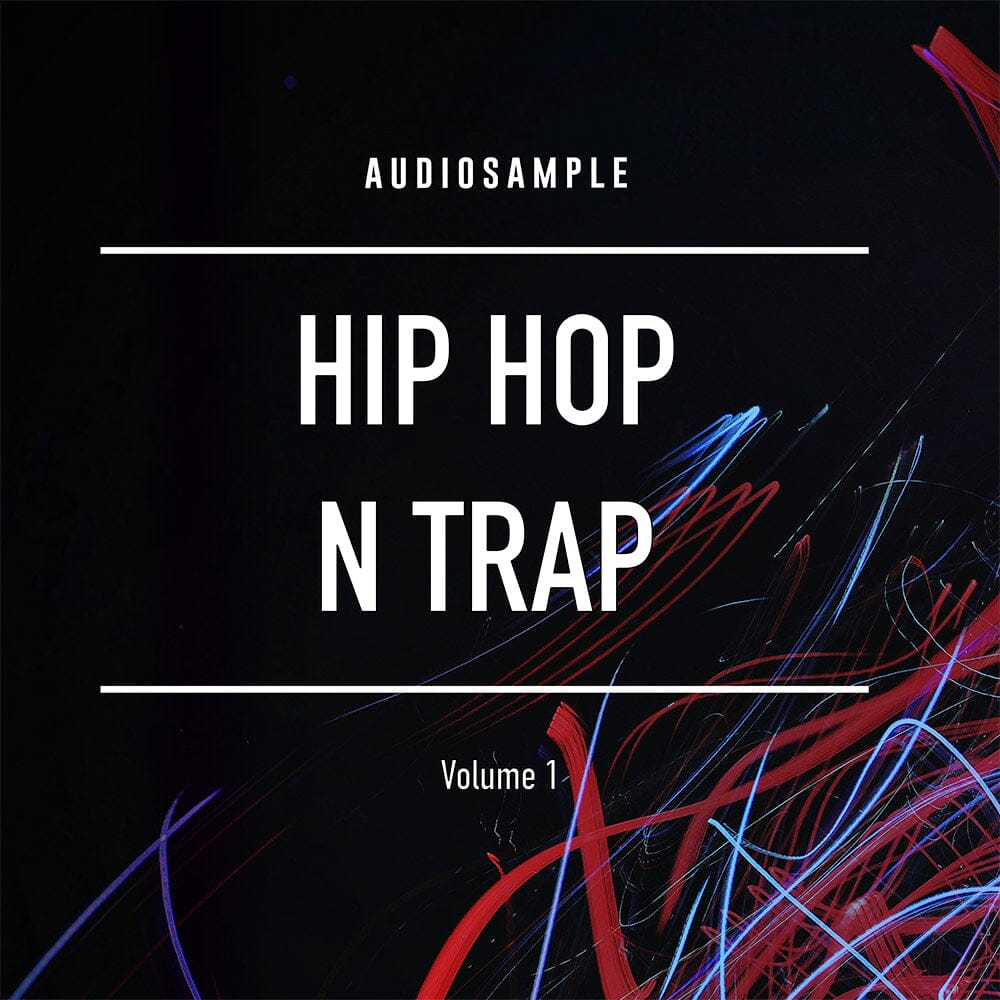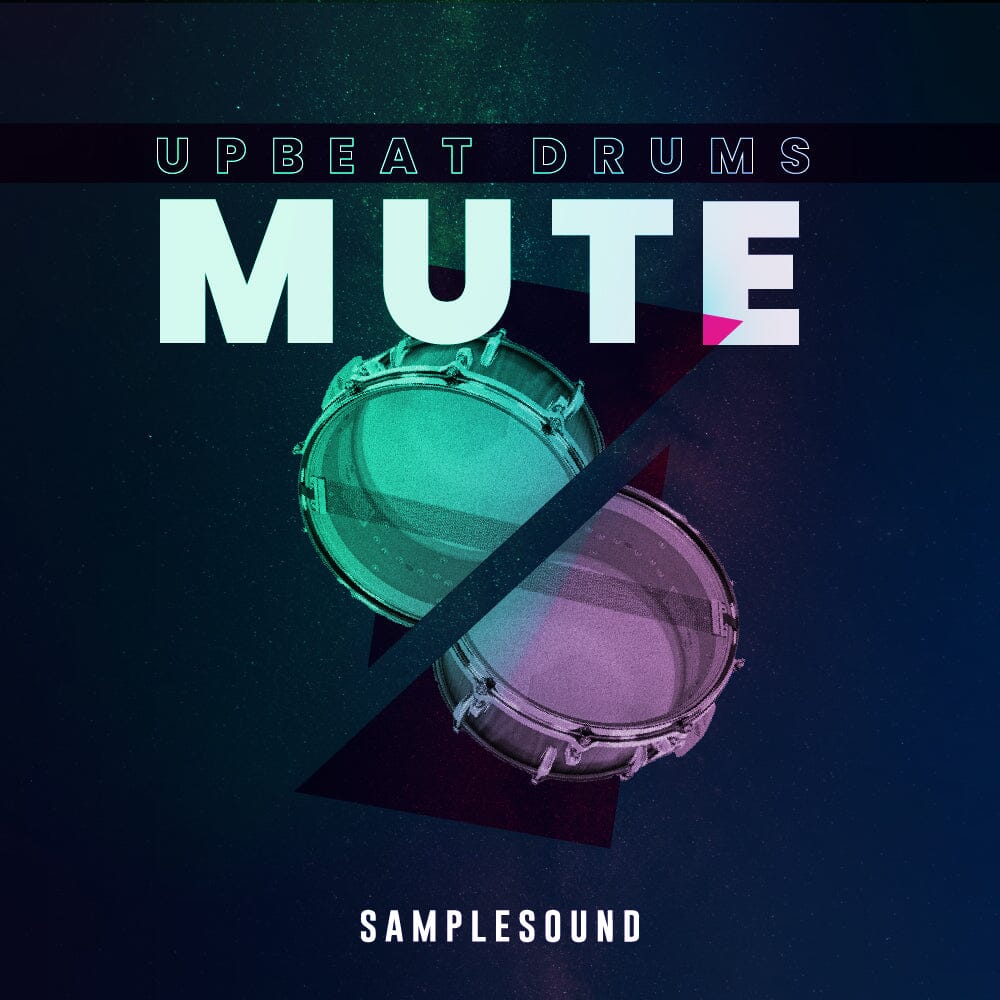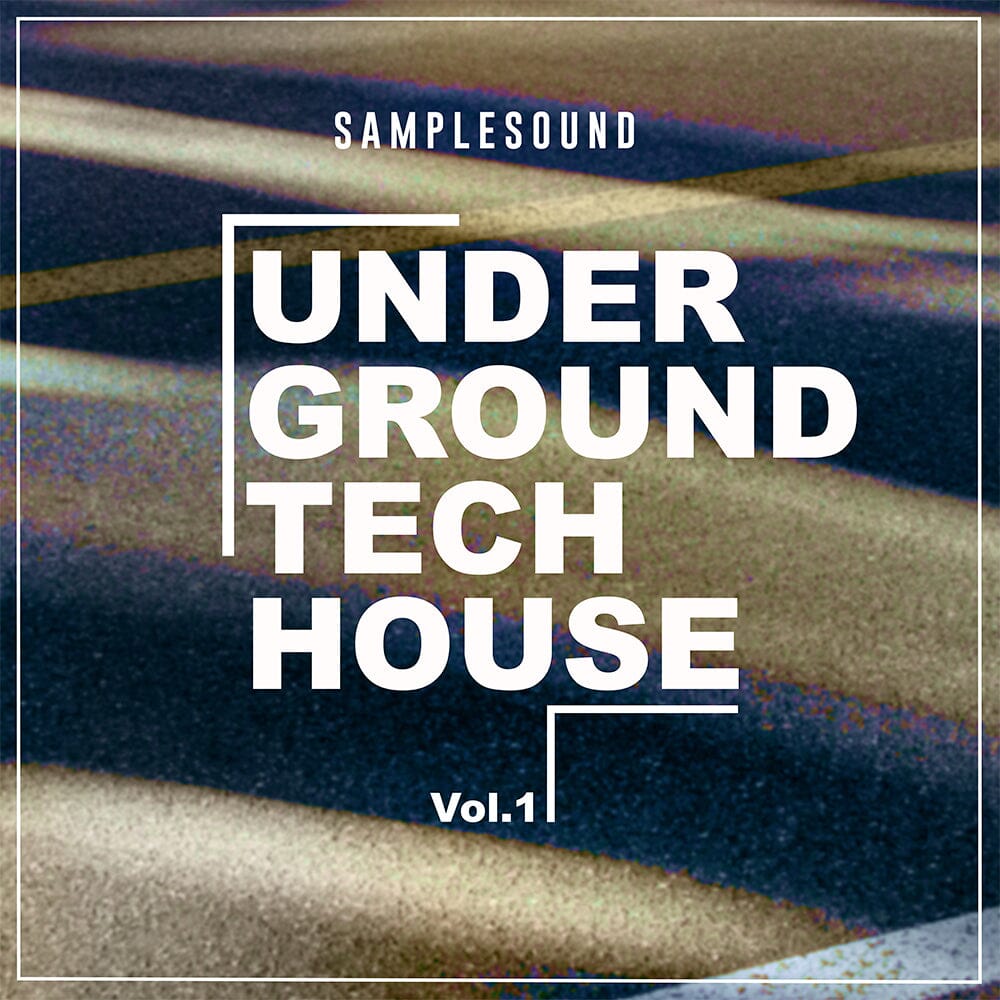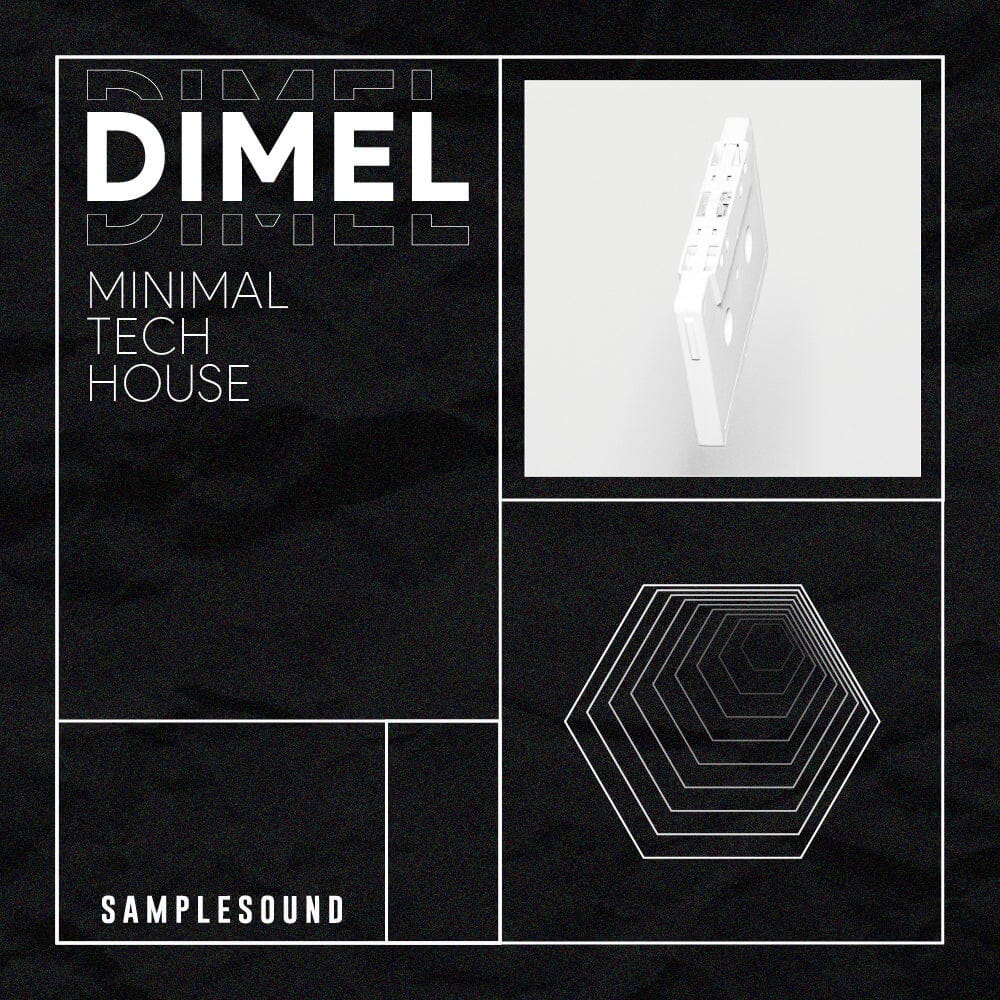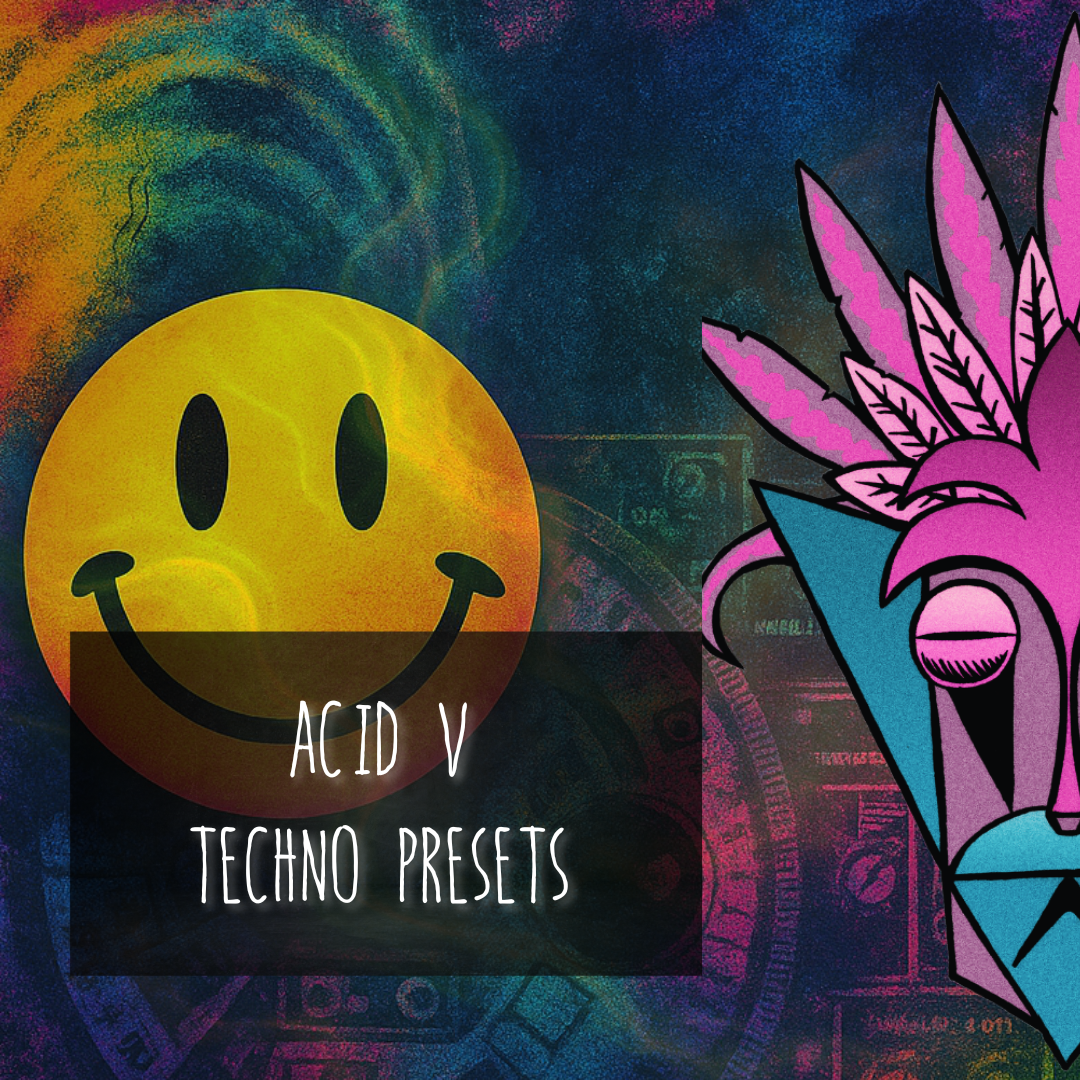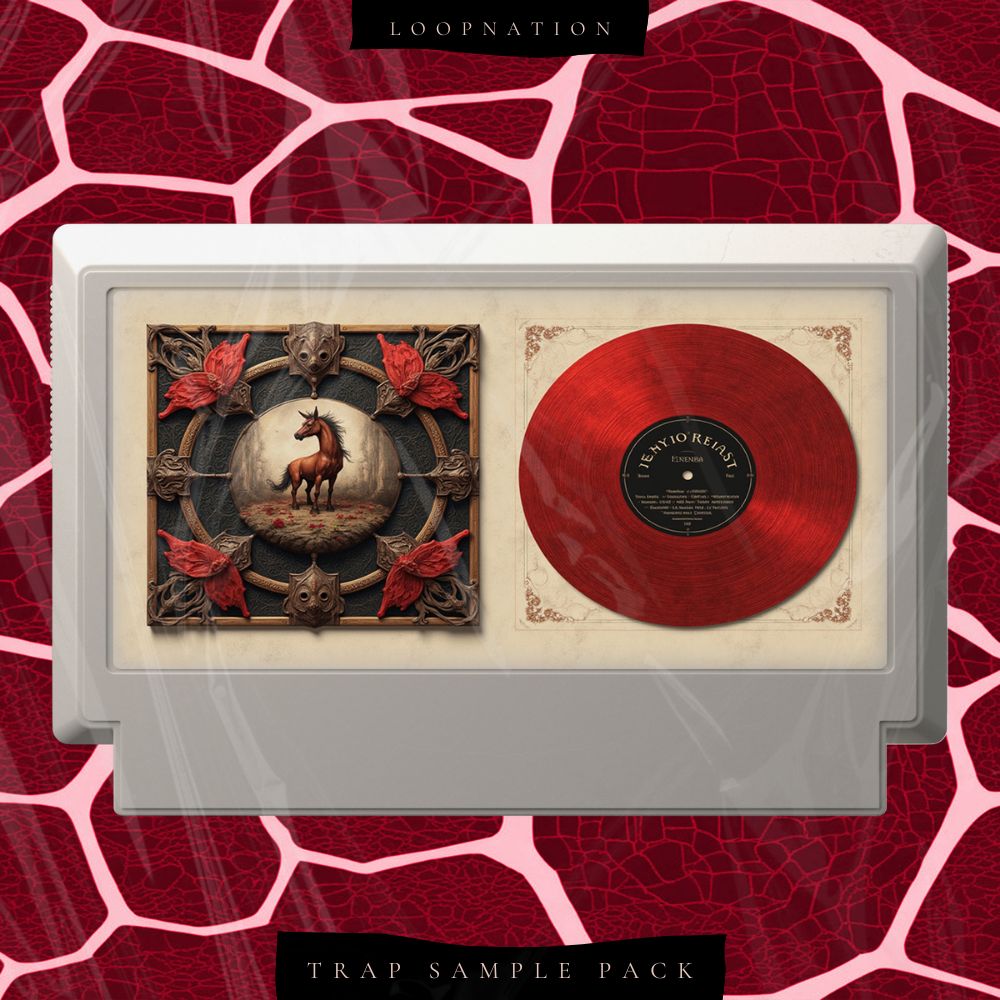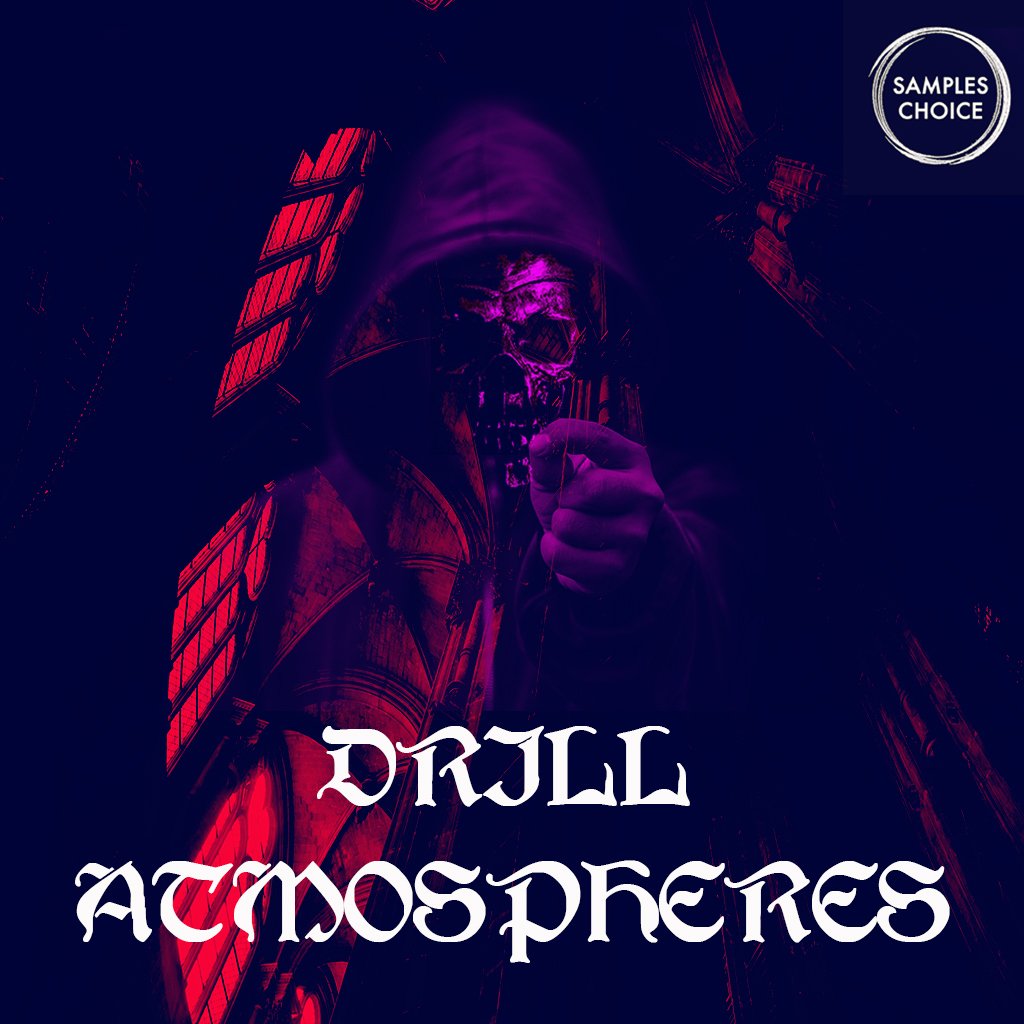HOW TO START PRODUCING TRAP
Trap is a musical genre that originated in the 1990s in predominantly African American areas of the Southern United States, particularly in cities like Atlanta, Georgia.
Trap was inspired by hip hop music, crunk music, and southern rap, and began to gain popularity in the 2000s, thanks to artists like T.I. and Young Jeezy.
The term "trap" refers to the culture of crack houses, which were often used as bases for drug trafficking. Trap music often explores themes related to crime, life in poor neighborhoods, and economic struggles, and its style is characterized by heavy beats, powerful bass, and dark melodies.
Over the years, trap has become increasingly popular and has influenced various musical genres, becoming one of the main musical styles of contemporary hip hop culture
The Best Trap Artists
The trap music scene is filled with talented and influential artists who have significantly contributed to the development and spread of the genre, each bringing their unique style and influence.
T.I.
is widely regarded as one of the pioneers of trap music. Emerging from Atlanta in the early 2000s, T.I. helped define the sound and ethos of trap with his 2003 album Trap Muzik. Known for his gritty lyricism, T.I. often explores themes of street life, struggle, and resilience, setting the foundation for the trap genre. His influence extends beyond music as he’s also been a prominent figure in popularizing trap culture globally.
Young Jeezy
(also known simply as Jeezy) was one of the first artists to bring trap music into the mainstream, making it accessible to a broader audience. With his debut album Let’s Get It: Thug Motivation 101 in 2005, Jeezy introduced a sound that combined raw, street-level narratives with polished production. His distinctive raspy voice and confident delivery have inspired many artists within the genre, and his ability to blend authenticity with commercial appeal has made him a key figure in the evolution of trap music.
Gucci Mane
is another iconic figure in the trap music scene, particularly as a central figure in the Atlanta trap movement. Known for his prolific output and influential mixtapes, Gucci Mane has been a trendsetter in the genre, consistently pushing the boundaries with his inventive flow and charismatic persona. His 2005 single "Icy" put him on the map, and since then, he has remained a vital force in trap music, mentoring younger artists and shaping the sound of modern rap with his distinctive blend of street narratives and catchy hooks.
Future
is credited with making trap music more accessible to a wider audience through his introspective melodic style and honest, sometimes melancholic, lyrics. Emerging in the early 2010s, Future's breakthrough came with the release of his mixtape Dirty Sprite and the album Pluto. His ability to blend autotuned vocals with dark, atmospheric beats has made him a trailblazer in the genre. Future’s work often delves into themes of hedonism, heartbreak, and existentialism, resonating with listeners and solidifying his place as one of trap’s most influential artists.
Migos
the Atlanta-based trio composed of Quavo, Offset, and Takeoff, revolutionized the trap music scene with their unique triplet flow and infectious ad-libs. Their 2013 hit "Versace" was a game-changer, popularizing a flow that would be emulated across the hip-hop landscape. With their debut album Yung Rich Nation and subsequent projects like Culture, Migos brought a new energy to trap music, blending club-ready beats with a distinct lyrical style that resonated on both radio and in the clubs. Their influence extends beyond music, impacting fashion, slang, and the overall culture surrounding trap music.
Cardi B
has emerged as one of the most prominent female voices in trap music, achieving massive success with her bold and energetic tracks. Starting from humble beginnings as a social media personality, Cardi B quickly rose to stardom with her 2017 hit "Bodak Yellow," which topped the Billboard Hot 100. Her music is characterized by its raw and unapologetic lyrics, often reflecting her personal experiences and struggles. Cardi B’s presence in the male-dominated trap scene has opened doors for more female artists, and her success has made her a powerful force in the genre.
Travis Scott
has brought trap music to a new artistic level by blending it with elements of hip-hop, psychedelia, and electronic music. Known for his highly energetic live performances and his role in creating immersive musical experiences, Travis Scott's work often pushes the boundaries of trap music. His 2018 album Astroworld was both a critical and commercial success, showcasing his ability to fuse trap beats with lush, atmospheric production. Travis Scott's innovative approach has not only expanded the sonic possibilities of trap but has also helped it gain a broader audience, making him one of the genre’s most influential figures.
These artists represent just a portion of the talent that has shaped the trap music landscape. Each has contributed something unique, helping to make trap one of the most influential and appreciated forms of musical expression today.
THE BEST TRAP MUSIC PRODUCERS
The trap music scene has a large number of talented producers who work behind the scenes to create the powerful beats on which artists express their message. Here are some of the major producers who have distinguished themselves in the production of beats for trap artists:
- Mike WiLL Made-It is known for his contribution to the trap music scene, working with artists such as Kendrick Lamar, Future, Rae Sremmurd, and 2 Chainz. His ability to create powerful and trend-setting beats has made his beats highly sought after.
- Zaytoven has collaborated with many of the biggest names in rap, including Gucci Mane, Usher, Lil Uzi Vert, and Tyga. His production is characterized by a funky and percussion-based sound that artists find very attractive.
- Metro Boomin has worked with some of the biggest names in rap, such as Drake, Future, 21 Savage, and Migos. His ability to create powerful, bass-heavy beats makes him one of the most influential and respected producers in the trap music scene.
- Southside has worked with artists such as Young Thug, Travis Scott, and Post Malone. His production is characterized by powerful beats and a fast-paced rhythm, which artists find perfect for their message.
- Pi'erre Bourne has collaborated with artists like Playboi Carti and Lil Uzi Vert. His unique and iconic production is recognizable by its melodic and percussive sound, which artists find very attractive.
- London on da Track has worked with artists such as Young Thug, Tyga, 21 Savage, and G-Eazy. His production is characterized by lively and rhythmic beats, which artists find perfect for their energy.
These are just a few of the most important and influential music producers who contribute to creating the powerful beats for trap artists. Each of them has a unique sound and has made their contribution to the trap music scene, making it one of the most innovative and influential forms of musical expression in the world.
WHAT ARE THE KEY ELEMENTS OF A TRAP SONG?
To create a good trap music production, there are some fundamental elements that must be considered.
- The beat is the most important element of this musical genre and must be powerful and relentless, typically characterized by heavy bass and driving drums.
- The flow and cadence of the rapper are also crucial, as they establish the rhythm and structure of the track. Trap artists are known for their fast and fluid flow that fits the speed of the beat.
- The trap lyrics are often introspective or dark, and describe life in tough neighborhoods or tell personal stories. These lyrics can create empathy with the audience, talking about personal challenges, struggle, and redemption. Trap often uses voice and sound samples to create a unique atmosphere, drawn from movies, television shows, conversations, or other audio sources.
- Production is another crucial element for trap, known for its sophistication that often uses sound effects, automation, and complex arrangements. These elements contribute to creating an intense and engaging sound experience, transporting the listener on a unique musical journey.
In the article "How to make a trap song" we show more details on the technical production and musical theory of a trap beat.
In summary, to create a good trap music production, it's important to find a balance between these elements and create a production that resonates with the audience and meets the artist's artistic needs. The combination of powerful beats, rapper flow and cadence, introspective lyrics, voice and sound samples, and sophisticated production can create an engaging and unforgettable musical experience
HOW TO START PRODUCING TRAP
"To produce Trap music, I recommend following these steps:
- Choose your music production software: There are many music production software options available on the market such as FL Studio, Ableton Live, Logic Pro X, among others. Choose the one you like the most and that best fits your needs.
- Create a drum base: The drumbeat is the heart of trap music. Choose the sounds you like the most and create a base that is powerful and engaging.
- Add the bass: Bass is another crucial element of trap music. Choose the sounds you like the best and create a bassline that seamlessly integrates with the drumbeat.
- Create melodies: Choose dark melodies that best fit your drum and bass base. You can use synthesizers or pre-recorded samples to create your melodies.
- Add effects and sfx: Add effects such as reverb, delay, and echo to emphasize your melodies and create a dark and engaging atmosphere.
- Mix and master: Once you have completed all of the previous steps, it is important to mix and master your track to make sure it sounds as professional as possible."


